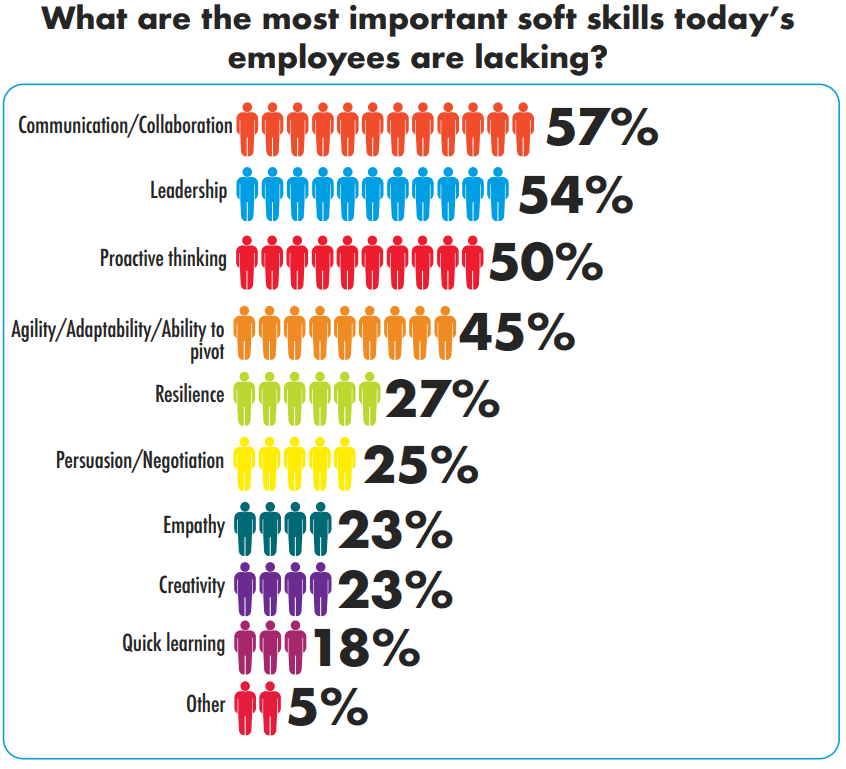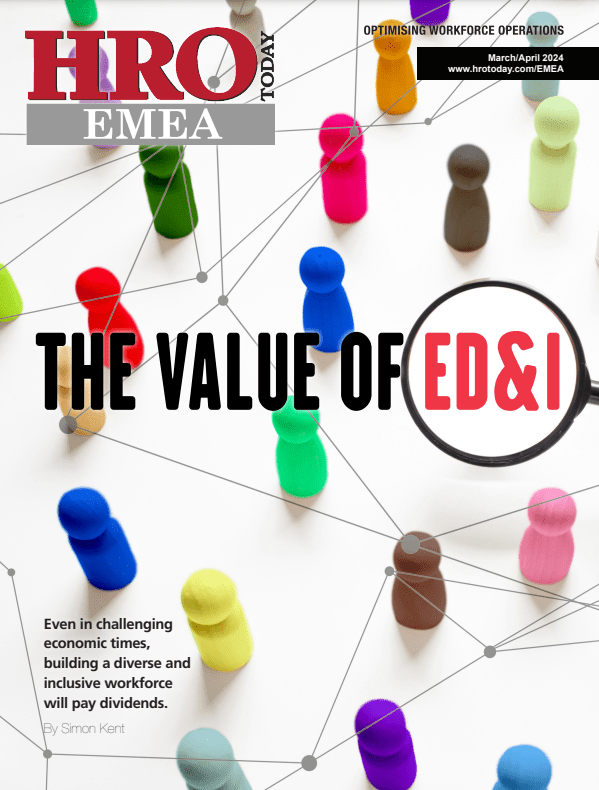By offering continuous, inclusive training, organizations can help their employees grow professionally while also making them feel valued.
By Christina Gialleli
The pandemic has completely upended the way people work. The increase of remote and hybrid workspaces is redefining what it takes for a company or individual to stay successful and relevant. And as employees and employers alike are quickly realizing, learning and development (L&D) programs are pivotal to success in the new business climate.
COVID-19 brought learning and development to the forefront, forcing employees and employers to catch up with the digital revolution and became familiar with new technologies. This, coupled with the need to keep employees engaged while working from home, had a major impact on companies’ L&D strategies.
In fact, learning technology company Epignosis saw a monthly increase in prospects of 200% during March 2020, signaling that brands were betting on learning and development programs to survive the economic downturn. Providing employees with the skills necessary to thrive in the new world of work is now more important than ever.
Diversity training, no longer an afterthought, is directly affected by these changes. DE&I in the workplace is becoming a cornerstone of L&D strategies. By offering continuous, inclusive training, companies are able to provide opportunities to help their employees grow professionally while also making them feel valued.
Latest Trends
While each company has its own set of goals and challenges, some common learning trends in the DE&I space have emerged over the past year.
• Reskilling/upskilling. Ever since the shift to remote work, employees have had to learn to navigate uncharted waters. Training initiatives that can help them develop their soft skills in the workplace are quickly becoming invaluable.
But what are the most crucial soft skills L&D programs should focus on? After the outbreak of COVID-19, research from TalentLMS looked at which soft skills high-ranking decision-makers believe employees are lacking. Communication and collaboration came first, with 57% of employers estimating that these traits are the most important soft skills their employees are missing. The new era of remote working and asynchronous communication brought to light the underlying collaboration issues within teams.
Other very important soft skills that employees seemed to be lacking were proactive thinking (50%) and agility/ adaptability/ability to pivot (45%). In a world temporarily put on pause where teams across industries couldn’t do business as usual and many businesses had to pivot or make big organizational changes, these skills became extremely important.
Today, implementing learning and development solutions remains one of the best ways to help employees meet this renewed demand for soft skills. It also helps employees realize that the company they’re working at cares about nurturing their talents and developing their skills.
In turn, this realization makes it easier for employers to retain talent and keep satisfaction and engagement rates high in the workplaces of tomorrow.
• Microlearning/mobile training. Even the most crucial aspects of L&D programs, like reskilling/upskilling and diversity training, will fall short if they’re not delivered in a way that’s memorable and impactful to employees. It’s common for learners to struggle with shorter attention spans or with long chunks of training that leave them passive -particularly in remote environments.
That’s where microlearning and mobile training come in. Shorter, quicker, with bite-sized lessons and exercises, microlearning offered on mobile ensures employees can train throughout the day, no matter where they are.
But it’s not just about convenience. Microlearning generates 50% more learner engagement because learning in 3- to 7-minute increments is a perfect match to the brain’s working memory ability.
• Digital accessibility. Focusing on DE&I in the workplace means more than just offering diversity training. It also means changing how we think and approach inclusive training in practice.
Companies often think about diversity mostly in terms of their employees’ ethnicity or background, but that’s not the only aspect of diversity that should be addressed in the workplace. Cognitive diversity should also play a major role when it comes to putting together an L&D strategy that will be accessible to all.
Different people learn better in different ways, so it’s very important that companies initiate solutions that accommodate different learning styles, from auditory and visual to kinesthetic. The end goal should be ensuring that all employees receive equal access to L&D opportunities and equal opportunities to succeed.
At the end of the day, offering digital accessibility and inclusive training communicates company values. By removing barriers to advancement that people from underrepresented groups often face, employers can show they truly care about creating a diverse workplace.
• Inclusive leadership. Integrating DE&I training without changing the overall mindset of the company on a leadership level is not going to work -especially in today’s remote and hybrid work environments.
This is not just an HR issue either. Hiring a diverse workforce shouldn’t come with the assumption that the HR team’s part is now done and that it’s up to employees to learn to “play nice” together.
Teaching leaders and managers to ensure that their entire workforce feels included regardless of gender, age, ethnicity, sexual orientation, or cognitive abilities is extremely important. When leadership is not outspokenly inclusive, employees don’t feel comfortable enough to express their ideas and opinions without fear.
Proper training on inclusive management, leadership skills, and working with people from different backgrounds results in more engaged and productive employees who work better together -and a stronger company culture and brand appeal.
The Importance of DE&I Training
Nothing boosts DE&I in the workplace like vertically implemented and continuous e-learning. The knowledge gained from training on unconscious bias, harassment, and discrimination can help everyone within a company aim for more diverse and inclusive interactions in their work environment.
Thankfully, modern learning management systems and training platforms have features that help build inclusive learning and workplace culture. Even though employees may feel overwhelmed in the beginning, they will soon realize that not only are these systems easy to use, but that they’re getting a lot of value from them in return. Continuous e-learning makes employees build awareness of non-inclusive behaviors and gives employees the ability to correctly identify these behaviors.
As for employers, impactful DE&I initiatives and training help attract and retain the most qualified talent, foster innovation, and create the potential for greater success across the board.
If anything has become clear after this past year, it’s that companies that don’t prioritize DE&I in the workplace and don’t offer the continuous training to support their employees’ needs are setting themselves up for failure. From improving cross-team communication (especially in remote, asynchronous environments) to fostering agility and diversity, L&D programs are quickly becoming the cornerstone of a cohesive, strong, and inclusive company culture.
By increasing employees’ skill sets, companies also increase job satisfaction and retention. Ultimately, learning and development is the key to an experienced and proficient workforce that can meet modern-day expectations and needs successfully.
Christina Gialleli is director of people operations at Epignosis.















